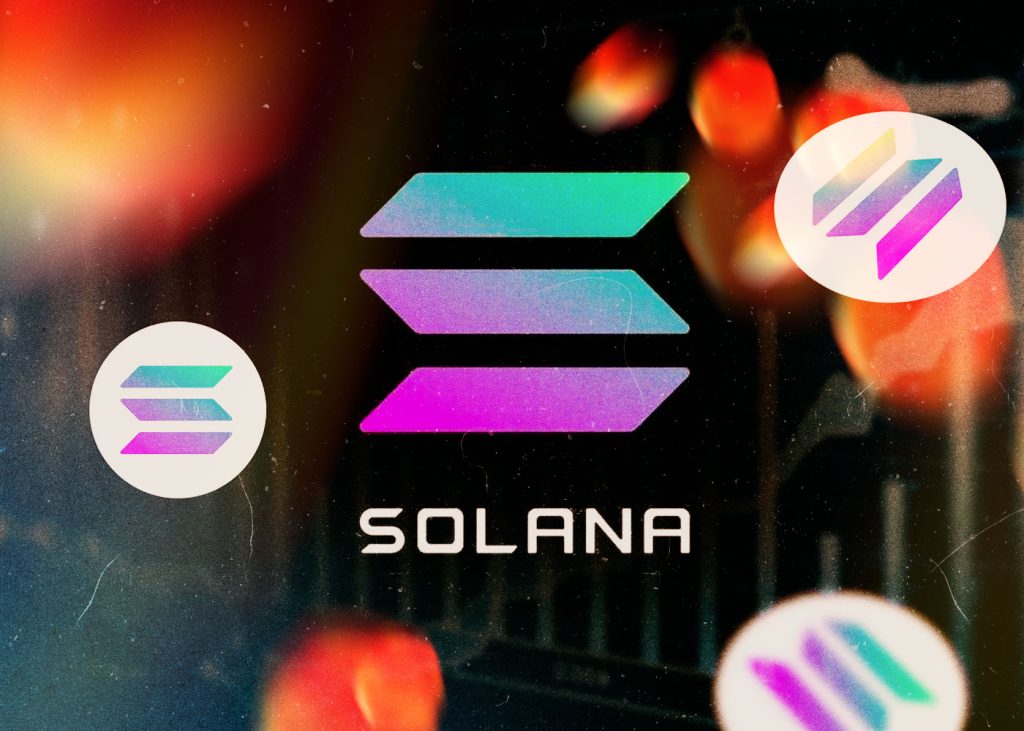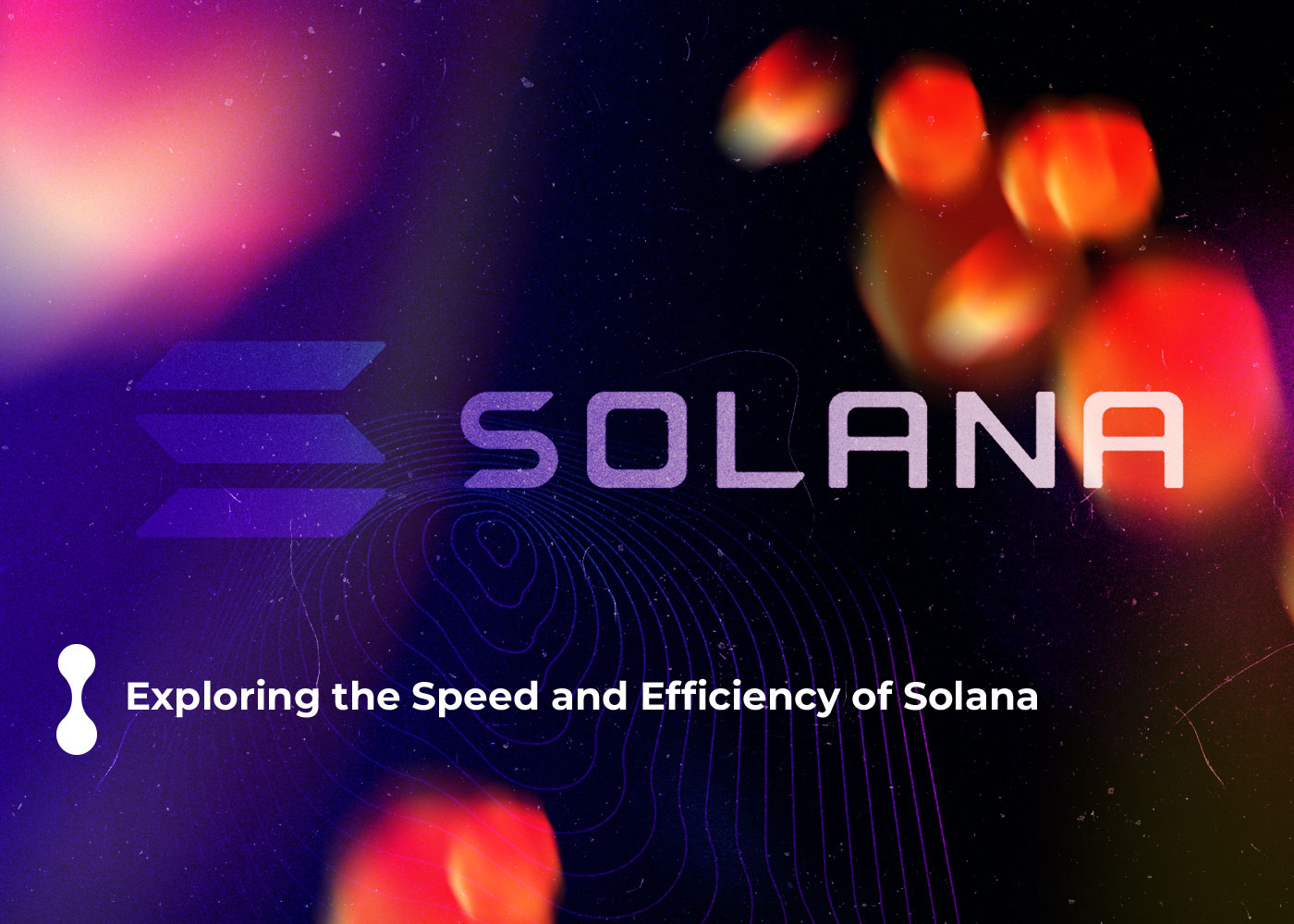Solana is a technologically advanced open-source cryptocurrency project built around blockchain technology with a forward-thinking approach that prioritizes speed while also maintaining critical decentralization features for its users. The network can provide solutions akin to those found on Ethereum’s decentralized financial platform while also enabling other projects in different sectors – Such as Degenerate Apes or Serum – within the ecosystem space with its custom-built consensus mechanism known as “proof-of-history.”
Transactions run smoothly thanks to the highly functional network boasting an impressive processing speed upwards of 50K transactions per second- well above ETH’s current 15k capabilities expected to improve with ETH2 update-. Users can use one standard unit of account i.e., SOL for transaction fees or staking & more importantly also have the power to vote on new upgrades; SOL tokens are listed for trading on notable exchanges like Coinbase.

A Brief History of Solana Coin and Its Evolution
Anatoly Yakovenko introduced Proof of History (PoH) , an innovative approach to time measurement for distributed systems through his draft whitepaper in late 2017 . This breakthrough led to PoH’s automation potential becoming an asset for crypto-batch platforms like Ethereum or Bitcoin facing scalability challenges due to slow consensus times .
By starting off its fundraising process during April through July of 2018 netting over $20 million from private token sales and then attending to test network activities before announcing TOTE de SOL as a public incentive during Q3 respectively all conducted by Solana Labs ; it secured support from investors who saw their vision come into reality once things kicked off in early February of this year with Phase I happening alongside their mainnet beta version release .
Solana Coin Origins: Unveiling the Launch Date and Genesis of Solana’s Cryptocurrency
In the year 2017 work on the Solana project commenced for the first time . In March 2020. The official launch of the Solana Foundation will take place in Geneva . To bring his vision to fruition Anatoly Yakovenko teamed up with his former Qualcomm colleague Greg Fitzgerald at Rust. Together they aimed to develop a single blockchain network that used PoH as its “internal clock .” Keeping this in mind the team released their first internal test network (demo network) and official whitepaper for the project back in February 2018 . The idea of moving signature verification to GPUs was put forth by Stephen Akridge, another ex- Qualcomm employee on board with Yakovenkos vision. This optimization could potentially increase speed and scalability . Yakovenko was inspired by this insight and immediately recruited Greg, Stephen and three others to join forces with him in forming their dream project – SolanaLabs .
Due to its similarities with Ethereums Layer 2 scaling solution Loom Network. It was renamed Solana at a later stage to avoid confusion . A combination of veteran employees from Qualcomm and former engineers from Apple made up Solanas’ original core development team. Finally after years of hard work and perseverance paid off ; one can celebrate that The Solana Foundation was officially launched in Geneva in March 2020 !
